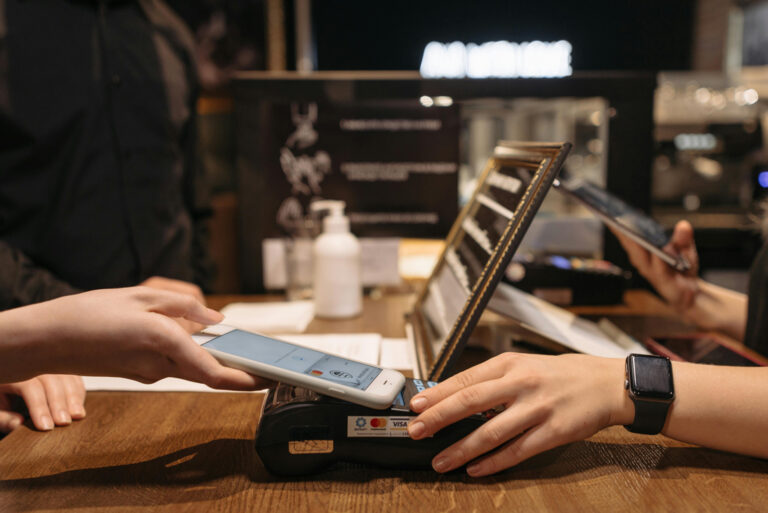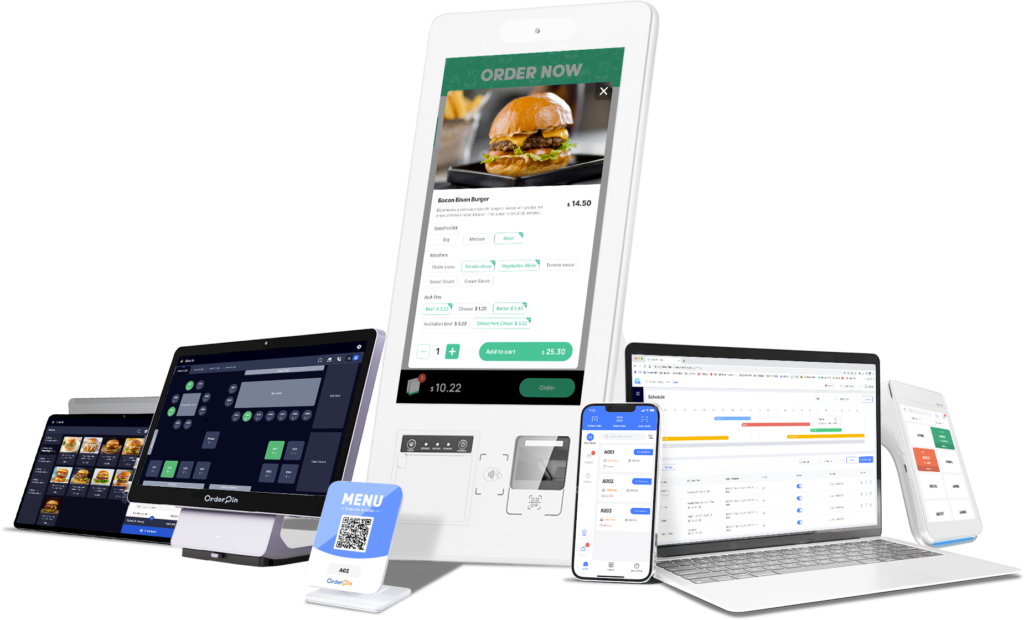In the bustling restaurant industry, a reliable Point of Sale (POS) system is the backbone of efficient operations. For Independent Sales Organizations (ISOs), deciding whether to offer their own branded cloud POS software (white-label POS) or represent established third-party brands is a critical business choice.
Why POS Systems Matter in Restaurants
Restaurants rely on POS systems not just for processing payments, but also for managing orders, tracking inventory, and enhancing customer experiences. For ISOs, the POS offering can define their market presence and profitability. A white-label POS allows ISOs to brand and customize a cloud-based solution as their own, while representing other brands involves distributing pre-existing systems. Which path is right for your ISO? Let’s break it down.
Benefits of White-Label POS for ISOs
A white-label POS offers ISOs serving restaurants a range of advantages:
Higher Profit Margins: With full control over pricing, ISOs can maximize revenue without sharing profits with a third-party vendor. This is a game-changer compared to commission-based models.
Complete Customer Ownership: ISOs retain 100% control over their merchant base and data, reducing the risk of losing clients to software vendors.
Flexible Pricing: Tailor pricing to fit various restaurant types—think food trucks, casual diners, or upscale eateries—while maintaining competitive edges and profitability.
Brand Building: Offering a branded POS strengthens the ISO’s reputation, fostering trust and loyalty among restaurant clients who value localized or specialized solutions.
Customization: White-label systems can be adapted to restaurant-specific needs, such as integrating loyalty programs, table management, or payment gateways like Stripe or Worldpay.
Imagine an ISO creating a POS tailored for sushi restaurants with features like customizable menus and quick-service workflows—this level of personalization sets them apart.
Disadvantages of White-Label POS
Despite its appeal, a white-label POS comes with challenges:
High Costs: Initial and ongoing expenses can strain resources, especially for smaller ISOs. From licensing to maintenance, the financial commitment is significant.
Technical Risks: Since the system bears the ISO’s brand, any glitches or downtime directly harm their reputation. Without technical expertise, this risk amplifies.
Feature Constraints: Customization depends on the provider’s capabilities. If a restaurant demands a niche feature the provider can’t deliver, the ISO may lose out.
For instance, a small ISO might struggle to fund a robust support team, leaving them vulnerable if the system crashes during a busy dinner rush.

Costs of White-Label POS
The financial investment in a white-label POS includes both upfront and recurring costs:
Initial Costs
- Software Licensing: $5,000–$50,000+, varying by provider and customization.
- Branding (Logo/UI): $1,000–$5,000 for design and integration.
- Hardware: $10,000+ for POS terminals and payment devices (Scalable based on scale).
- Training/Support: $1,000–$3,000 for staff onboarding.
- Compliance/Integration: Varies by payment partners (e.g., TSYS, Stripe).
Ongoing Costs
- SaaS Fees: $30–$100 per merchant per month, charged by the provider.
- Technical Support: Optional, but critical for reliability.
- Payment Fees: Profit-sharing with processors impacts revenue.
These costs demand a clear ROI strategy, especially for ISOs targeting budget-conscious restaurants.
Requirements for ISOs
White-label providers typically expect ISOs to meet certain criteria:
Sales Network: Proven ability to build and maintain a merchant base.
Technical Skills: Basic support capabilities or reliance on provider assistance.
Payment Partnerships: Existing relationships with processors like TSYS or Worldpay.
Market Expertise: Knowledge of restaurant needs enhances customization.
Sales Minimums: Some providers mandate a baseline of active merchants.
Meeting these standards ensures ISOs can effectively deploy and support their POS system.

White-Label POS vs. Representing Other Brands
Here’s how the two approaches stack up:
Aspect | White-Label POS | Representing Other Brands |
|---|---|---|
Profit Margins | Higher (full control) | Lower (commission-based) |
Customer Ownership | 100% ISO-owned | Vendor-owned, higher churn risk |
Pricing Flexibility | High (customizable) | Low (vendor-set) |
Brand Value | Builds ISO’s brand | Promotes vendor’s brand |
Customization | High (restaurant-specific) | Limited (standardized) |
Costs | Medium to high | Minimal |
Time to Market | Slower (setup required) | Faster (ready-made) |
Support | ISO responsibility | Vendor-handled |
Entry Barrier | Higher (resources needed) | Lower (ideal for small ISOs) |
White-label POS suits ambitious ISOs, while representing brands fits those seeking quick, low-risk entry.
Strategic Recommendations for ISOs
To succeed with a white-label POS, consider these strategies:
Target Niches: Focus on specific restaurant segments—like food trucks or small chains—to stand out as an expert.
Use Proven SaaS: Partner with established providers (e.g., Orderpin) to avoid building from scratch and reduce risks.
Bundle Payments: Pair POS with merchant processing for higher profits and client retention.
Control Data: Keep merchant data and communication channels in-house to avoid vendor dependency.
Support Framework: Set up basic customer service (e.g., FAQs, live support) to boost satisfaction.
For example, an ISO targeting food trucks could bundle a POS with payment processing, offering a one-stop solution that locks in clients long-term.
For ISOs serving restaurants, choosing between a white-label POS and representing other brands depends on resources, goals, and market fit. White-label POS delivers higher profits, control, and brand equity but demands investment and expertise. Representing brands offers simplicity and speed but caps growth potential.
Mid-to-large ISOs with restaurant expertise can leverage white-label POS to build lasting value, while smaller or newer ISOs might start with third-party brands before scaling up. Weigh your options carefully to align with your vision and the dynamic restaurant market.


